Omar Marques/Getty Images
- The first batch of US-provided Abrams tanks have arrived in Ukraine.
- The heavy tanks are joining the battle just in time for the infamous muddy season, which has bogged down some systems.
- But experts told Insider the mud is overhyped and the Abrams was built for war on this kind of terrain.
Ukraine's infamous mud season is on the horizon, raising questions about how the country's new Western-made armor, like the heavy US-provided M1A1 Abrams tanks, will perform in the coming muddy mess.
War experts and former US military personnel told Insider that the season's effect on the battlefield and the risk of vehicles sinking into or getting bogged down in the mud are sometimes overhyped and likely won't be a major problem for the Abrams, which was built for this.
"The Abrams was made for this environment," Robert Greenway, a Hudson Institute national security and defense expert who was assigned to the Abrams for a time in the Army, told Insider.
"The mud could become impassable for almost any vehicle," he said, "but the reality is that the Abrams is best equipped to deal with that environment, far better than any other tracked vehicle in existence."
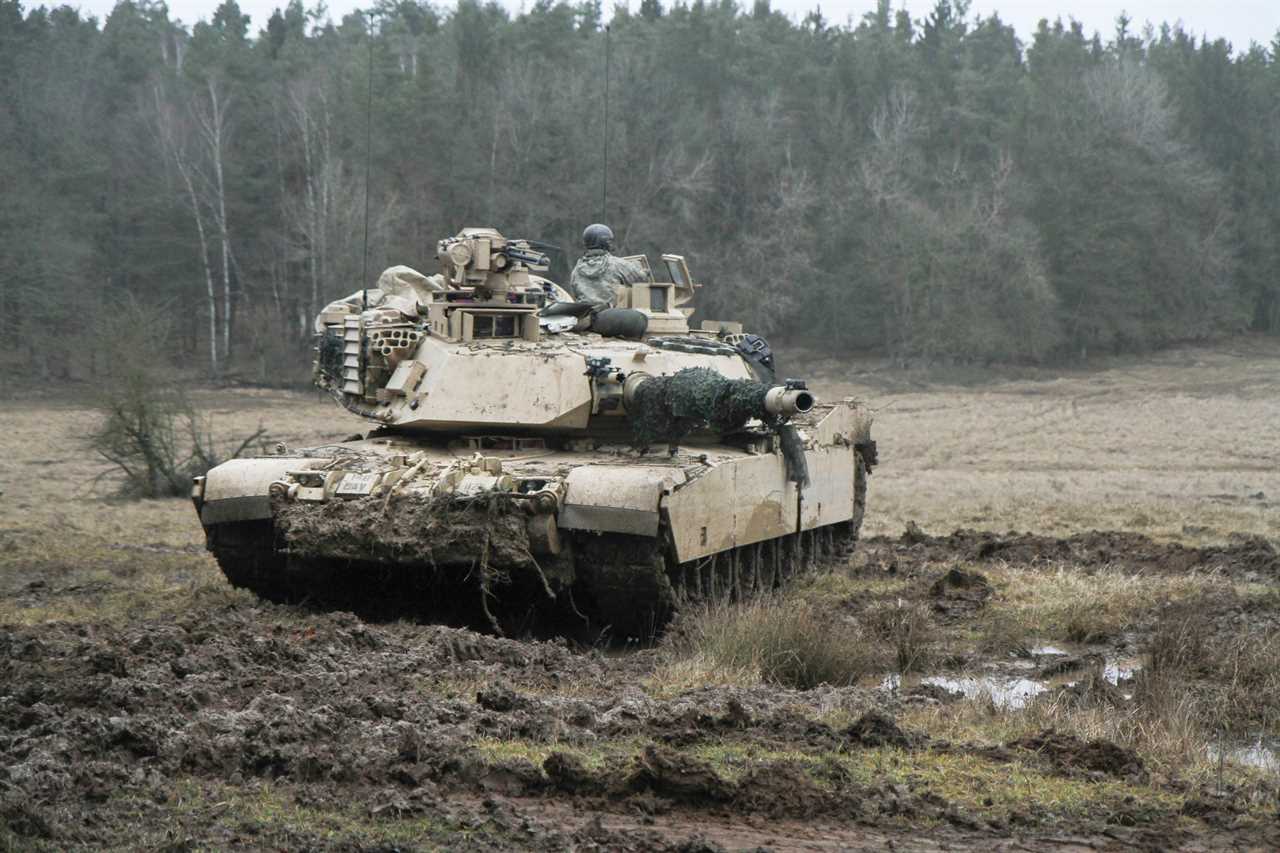
US Army
Ukrainian President Volodymyr Zelenskyy confirmed last week that the Abrams had arrived in country, noting that they were already "preparing to reinforce our brigades."
The M1A1 — which saw effective use in the Gulf War in the early 1990s and proved particularly capable of defeating Soviet-made armor similar to those Russia uses today — arrived in Ukraine at a critical time. Kyiv's forces are making slow but steady progress against Russian defenses in the southern Zaporizhzhia region. But the counteroffensive, now entering its fourth month, could face some difficult headwinds as the autumn season begins, bringing rainy and muddy conditions on the ground.
During the war's previous fall and spring mud seasons, periods in which the ground turned to sludge, reports of military vehicles and artillery on both sides getting stuck in the mud were widespread.
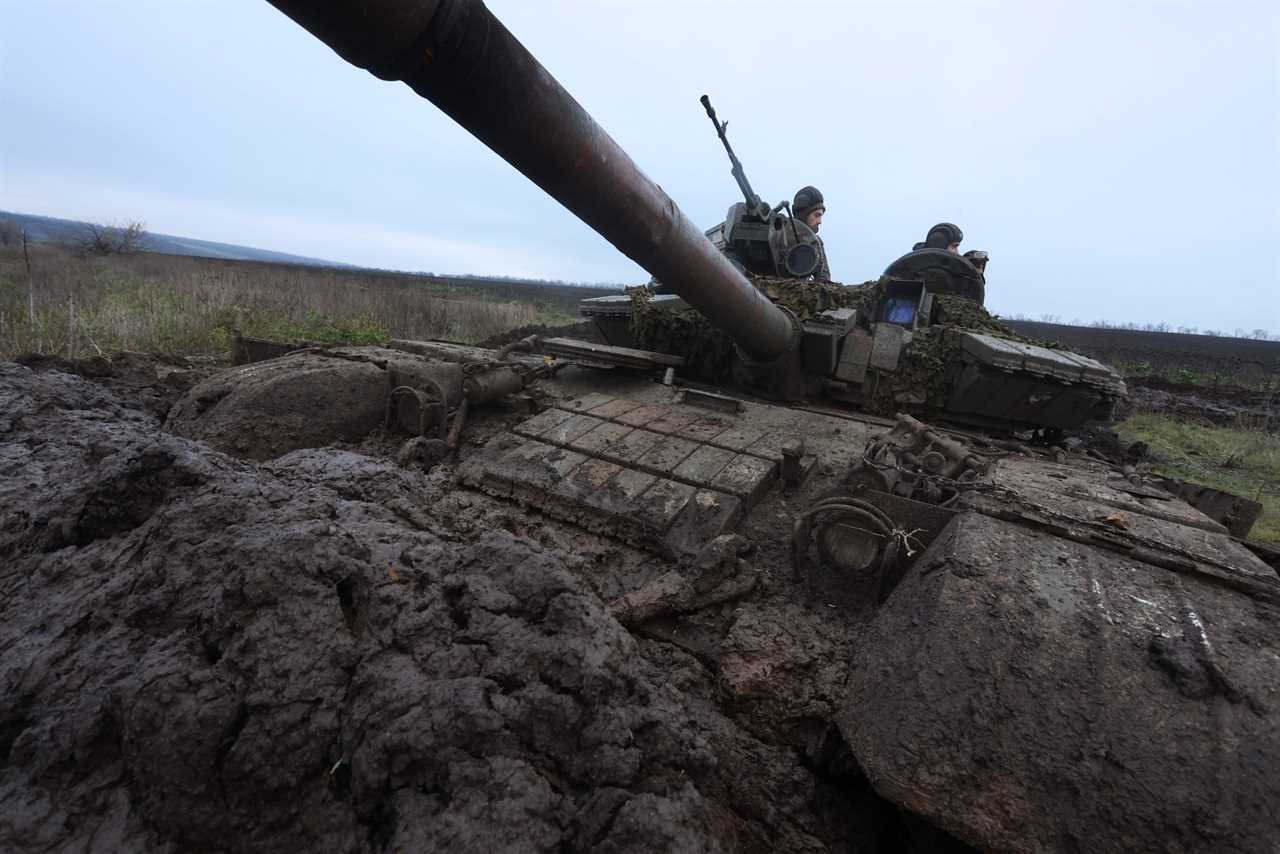
YEVHEN TITOV/AFP via Getty Images
But while that has at times been a problem in this war, the challenge posed by mud may sometimes be exaggerated, an expert who has closely tracked this conflict explained.
The discourse on the muddy season is "really wrapped around the axle in an unproductive way," said George Barros, the geospatial-intelligence team lead and a Russia analyst at the Institute for the Study of War. "There are sort of these big myths that at their core have nuggets of truth," he added, "but have become generalized to a rather extreme extent and are not really the hard and fast rules that a lot of people make them out to be."
Since Russian President Vladimir Putin's full-scale invasion of Ukraine in February 2022, videos and photos shared online have occasionally shown Soviet-era tanks stuck in thick messes of mud. This past spring, when melting snow made the battlefield into a quagmire, one Ukrainian unit shared that their T-64 tanks kept getting trapped.
It raises a host of questions on what Ukraine's battlefield operations and logistics will look like as the weather changes. "There is a seasonality to fighting in Ukraine," Barros told Insider, "and the seasons for fighting are indeed punctuated by the weather patterns and conditions."
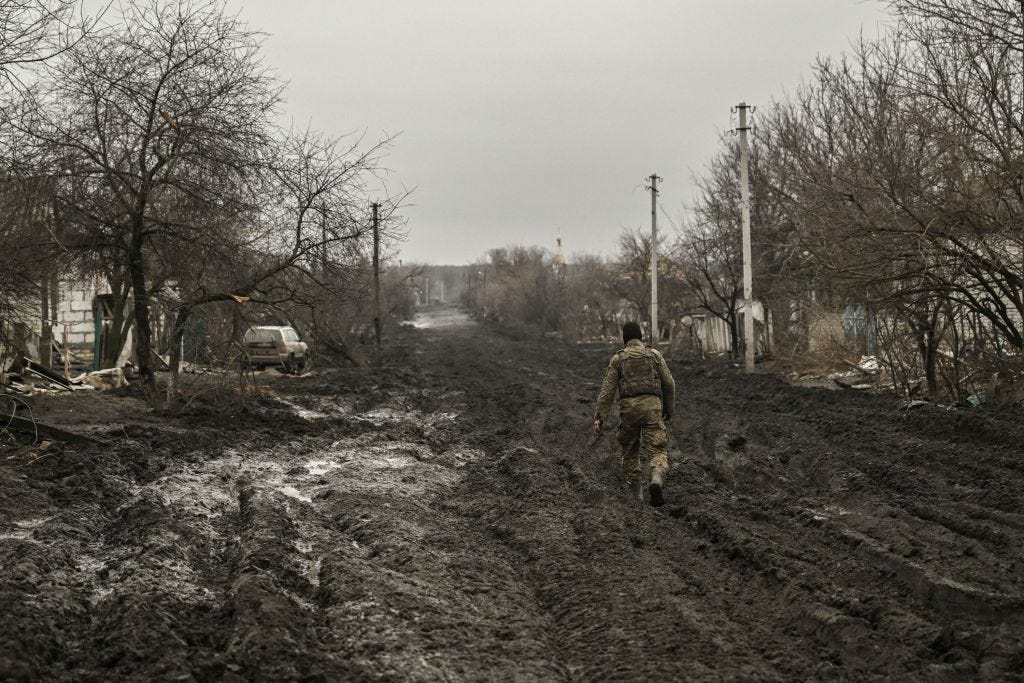
ARIS MESSINIS/AFP via Getty Images
But that doesn't mean fighting stops, he noted. The tempo may be slower or there may be increased difficulty in conducting mechanized warfare with tanks and artillery, but Ukraine has indicated their intent to continue fighting through whatever comes so its forces do not lose any of the momentum they have been building over the past few months.
Kyiv's troops could opt to use the same tactics they've been using to push against Russian defenses in the south over the past few weeks, tactics involving infantry advancing on foot with less reliance on tanks and fighting vehicles, but that is difficult to predict on an ever-changing battlefield.
It's also too early to tell how wet the mud season will be — it'll depend on precipitation levels, and like any other larger country, Ukraine's different regions have varied climate patterns.
Southern Ukraine, specifically areas around the Zaporizhzhia region, is one of the driest parts of the nation, according to historical meteorological data, with the oblast receiving little rainfall in comparison to areas in western Ukraine like Kyiv or regions to the northeast such as Kharkiv. So the Abrams may not even encounter thick mud, but it's possible.
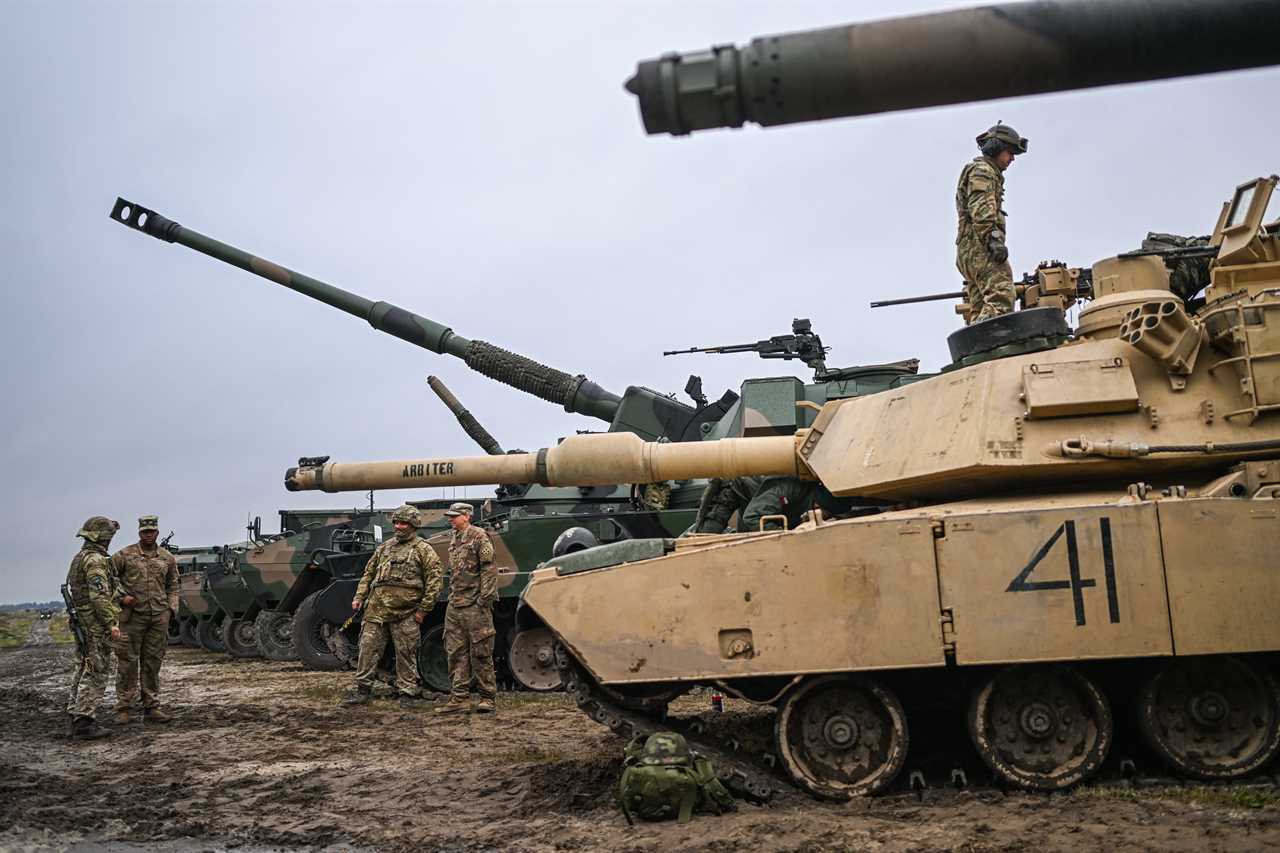
Omar Marques/Getty Images
With the A1 weighing in at 60 tons, it is among the heaviest tanks in the Ukrainian arsenal and significantly heavier than Ukraine's Soviet armor. The T-72, for example, weighs in around 45 tons. And the T-64 that Ukraine reported got stuck last spring weighs less than 40 tons.
But just because it is heavy doesn't mean it's more at risk of being swallowed up by mud.
"The irony is that tanks are not particularly susceptible to mud," Mark Cancian, a senior advisor with the Center for Strategic and International Studies and a retired Marine Corps colonel, told Insider.
"They're designed to operate cross-country," he said, with wide tracks spreading the tank's weight across a wider area. As a result, the Abrams' ground pressure, or how much force its weight is exerting over a given area, is quite low.
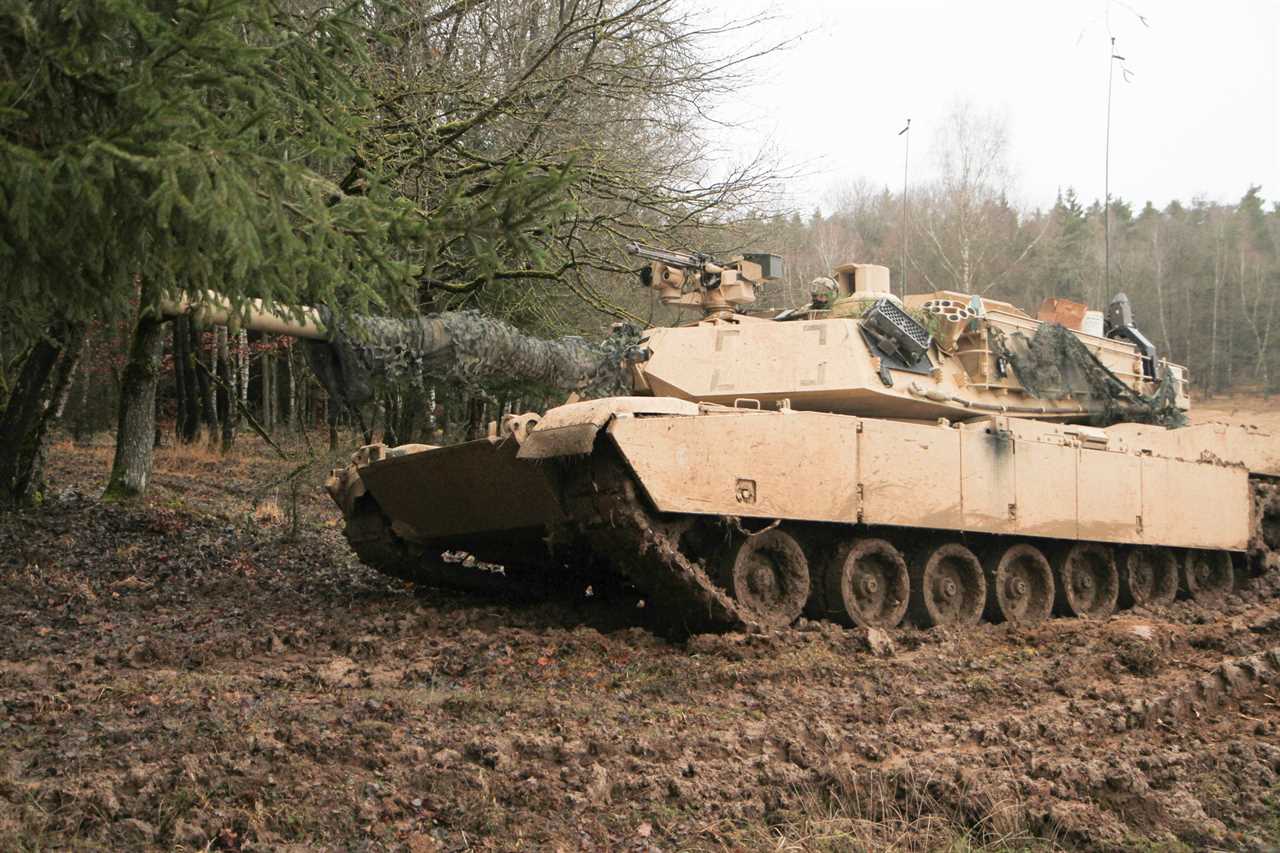
US Army
There is, of course, still a risk of it getting caught in mud, especially off road. But the Abrams features capabilities to keep it from getting stuck.
Not only does the tank have a powerful gas-turbine engine, but the tracks and suspension systems were designed to allow the tank to move and fight across varied terrain, giving it maneuverability and agility despite its heavy weight.
A 1974 military evaluation of the XM1 program, which eventually gave birth to the M1 Abrams, looked into the potential role of a new American tank on the battlefield and noted that "military planners both western and Soviet still consider the tank the key weapon in ground combat."
The report said the US had to prioritize fielding a tank "capable of dominating and defeating the enormous threat inherent in the armor of our potential adversaries."
First built in the late 1970s, the Abrams was designed to give US forces the edge over the Soviet Union in land warfare. "It was made for central European plains against Soviets," Greenway said. "That was its single focus design parameter. It'll obviously work in other environments, and it has, but it was made to do this."
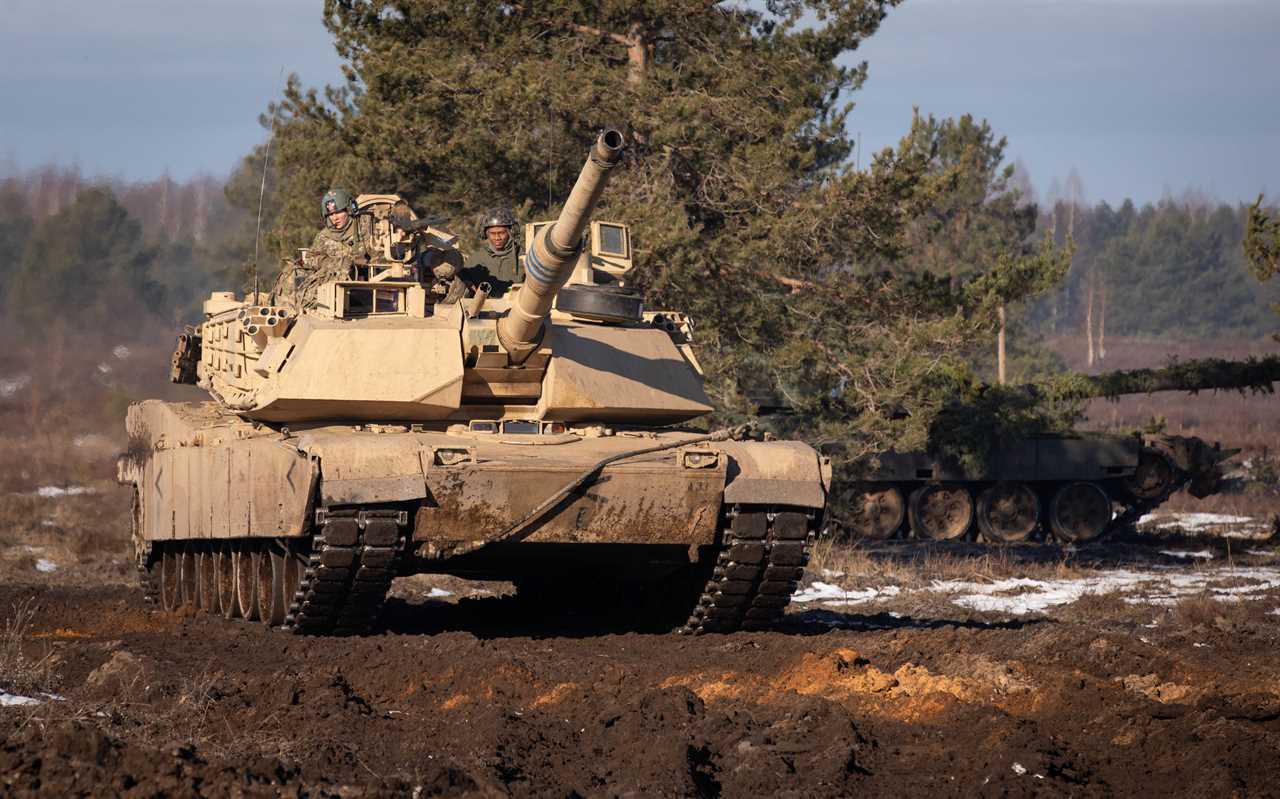
US Army
And, again, another key advantage of the Abrams, especially when it comes to muddy terrain, is its powerful gas-turbine engine — sometimes compared to a jet engine. It guzzles much more fuel than a diesel engine, especially while idle, but it can get the M1A1 up to about 45 miles an hour. According to Greenway, even if the tank were to get stuck in the mud, its engine could pretty easily push it out.
In order to maintain the Abrams' Honeywell AGT1500 engine, Ukraine will need a consistent support and a solid supply chain able to provide sufficient spare parts. US officials have assured that Kyiv's forces will receive plenty of spare parts with the tanks and be supported throughout maintenance processes, but experts say it will still be a challenge.
"We've built a much more fulsome sustainment structure to hand over to the Ukrainians and been able to do more training on sustaining the vehicle with the Ukrainians. It's a lot of stuff," Douglas R. Bush, the assistant secretary of the Army for acquisition, logistics, and technology, said last week.
Still, he acknowledged that maintaining the Abrams "is a whole 'nother level of difficulty" compared with US-provided armored vehicles such as Bradleys. But if it's maintained and used effectively, the Abrams offers Ukraine a major boost in overall combat capability over its aging Soviet armor, and Ukraine's mud shouldn't change that.
Read More
By: [email protected] (Chris Panella)
Title: Ukraine could soon be a muddy mess, but its new Abrams were made for this fight
Sourced From: www.businessinsider.com/ukraine-new-heavy-abrams-tanks-mud-experts-2023-10
Published Date: Thu, 05 Oct 2023 10:15:01 +0000
.png)





